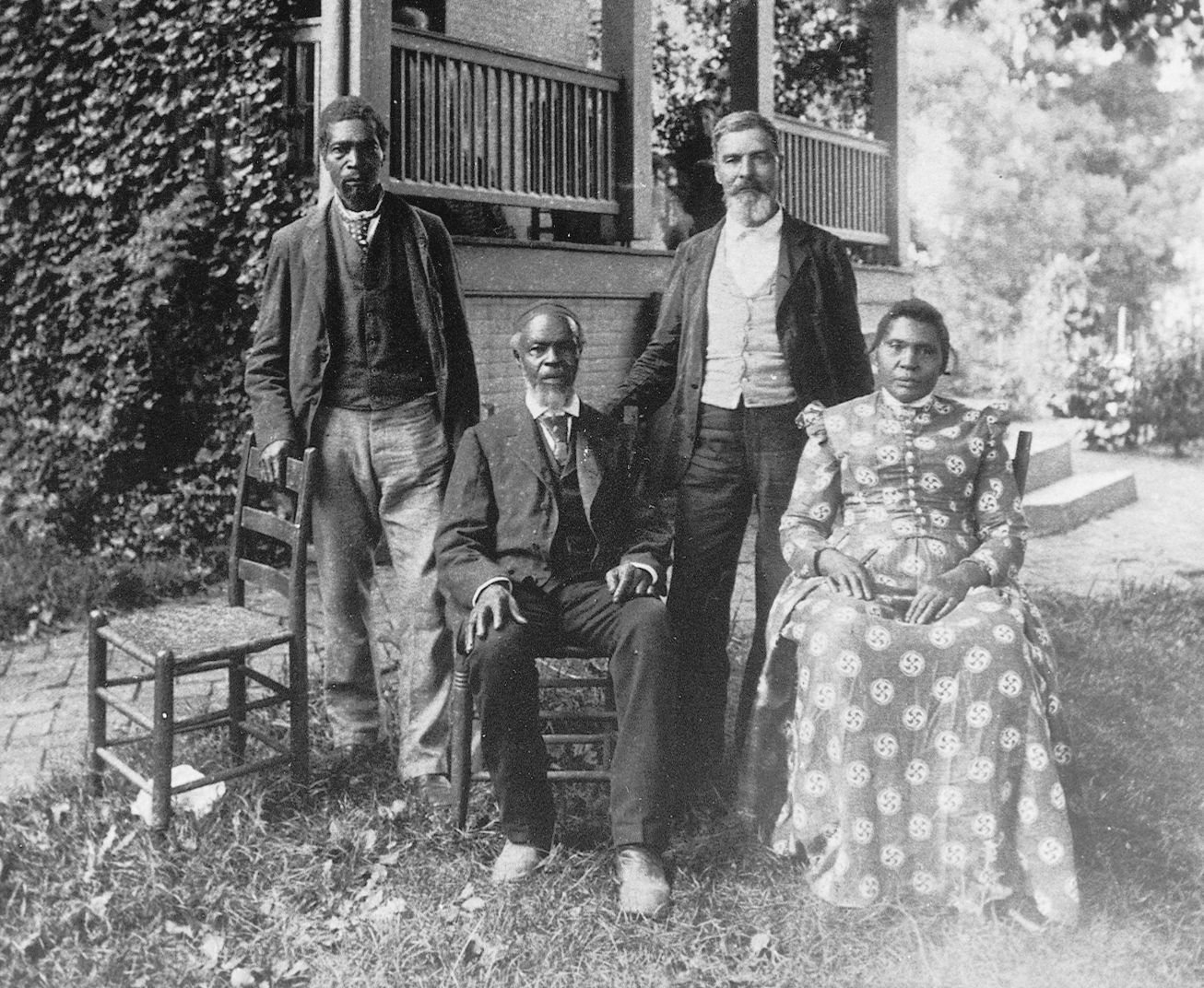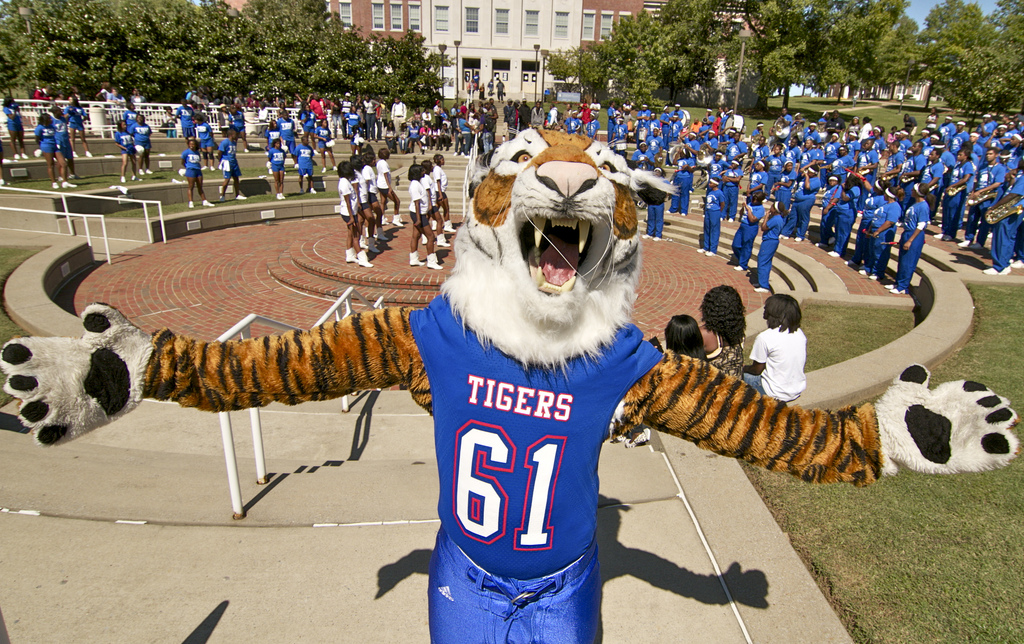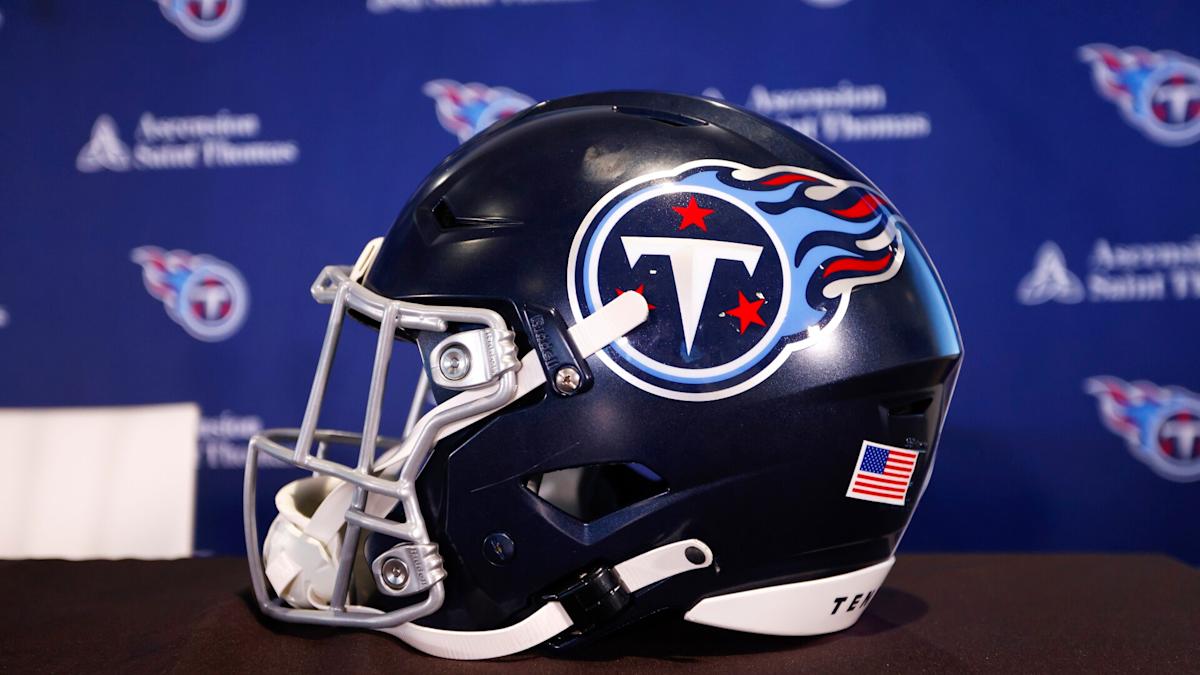By Lee Johnson | Nashville Voice
Historian John Baker Jr. spent 30 years researching descendants who lived on a northwest Tennessee plantation. His work is now on permanent display in the Tennessee State Museum.
It is among the slavery displays at the museum, which has been criticized for its presentation of black history.
Baker is the author of “The Washingtons of Wessyngton Plantation: Stories of My Family’s Journey to Freedom.”
His documentation of Wessyngton Plantation near Springfield, Tennessee, began in the 1970s. Intrigued by an 1891 photograph in his seventh-grade social studies textbook of four well-dressed, dignified African-Americans, Baker discovered that he’s related to them; two of the former slaves in the picture were his great-great-grandparents.
They had lived at Wessyngton, a huge plantation that in its heyday spanned thousands of acres and was a major producer of tobacco and other crops, all harvested by a slave labor force that included the author’s relatives.
That revelation spurred Baker to interview former Wessyngton inhabitants and dig through massive records kept by the plantation’s owners. The result is not only a history of Baker’s family, but also a portrait of what it was like to be a slave, and a former slave, in the pre- and post-Civil War South.
Before the new Tennessee State Museum opened late last year, a large body of Baker’s research was displayed at the old museum in an exhibit called, “Slaves and Slaveowners of Wessyngton Plantation.” A smaller display is now at the new museum, but it’s still gripping, says a museum official.
“His life’s mission to collect oral histories and photos from descendants of persons who were enslaved at Wessyngton cannot be understated,” said Rob DeHart, the museum’s history curator. “His research allows the museum to provide visitors with some very compelling stories.”
Currently, Baker said he gives about five tours a year to the plantation. He said he is often contacted by people who discover they too have descendants from the plantation after reading his book and want to pay a visit.
What is most enjoyable, Baker said, is the number of young people inspired to trace their roots after visiting the plantation.
“A lot of (black) history is not taught in school, so the younger generation has a hard time relating,” Baker said. “So, to see young people wanting to learn their history is probably my greatest joy.”
As for the criticism the museum has received about its black history presentations, officials have taken steps to address that.
“We are putting together an advisory group to address those concerns,” says Joe Pagetta, the museum’s communication director. “We want to get it right, we absolutely do.”
One person who has been asked to be part of the advisory group is Dr. Learotha Williams, an associate professor of history at Tennessee State University and founder of the North Nashville Heritage Project, an initiative to preserve and share stories of black history in North Nashville.
Williams, and others, said they would like to see a “broader, more up-to-date presentation and analysis of Tennessee history, particularly African-American.”
“Black folks … were here from the beginning, and not just passive participants,” Williams said. “We helped to shape Nashville as you see it today.”
He also said he wants to see more about African-American contributions in other areas, like music.
“Our beats, our rhythms, are at the heart of everything that makes us nod our head or tap our feet,” said Williams, “but you don’t really see that.”
To learn more about John Baker Jr. and his work, visit https://www.wessyngton.com.









